The Music of Birds – Birds in Music
revised lecture, held at LBV Landsberg in November 2017 and in Berlin-Zehlendorf 2019
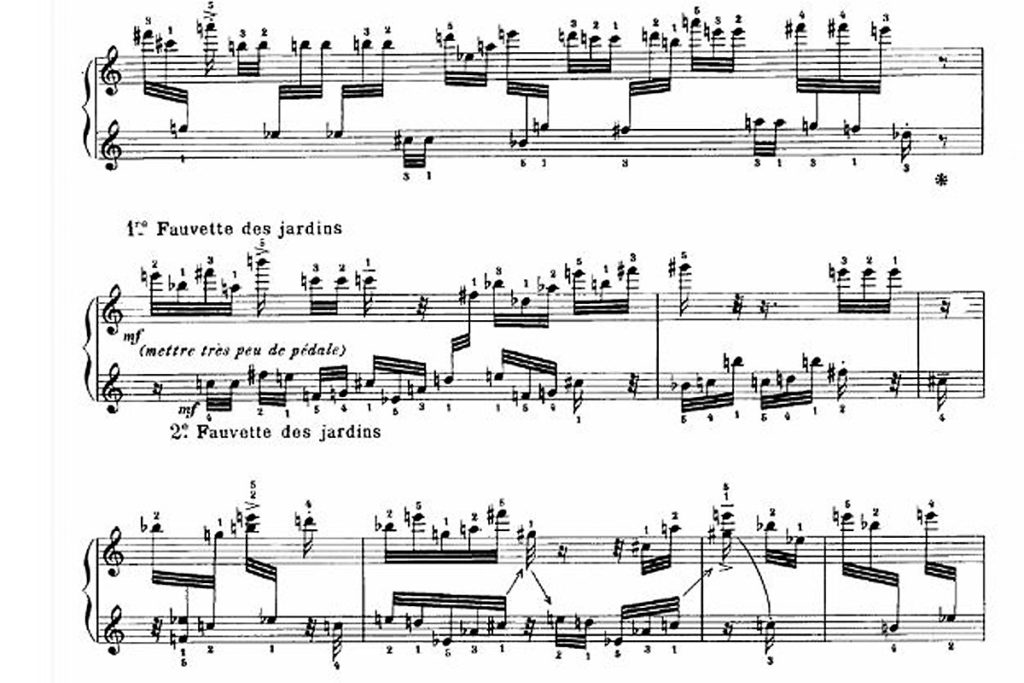
Years ago I started my sound journey through the world of bird songs with the question: Why do birds sing? And why so differently?
Difficult questions, hardly to be answered completely. In order to at least narrow them down, the first step was to investigate how birds sing.
Today, the question of the musicality of birds, which has always run along with my lectures, is at the center. Is this really music that birds make, and how is this reflected in the music of our own species? And what actually is music?
Bird Calls
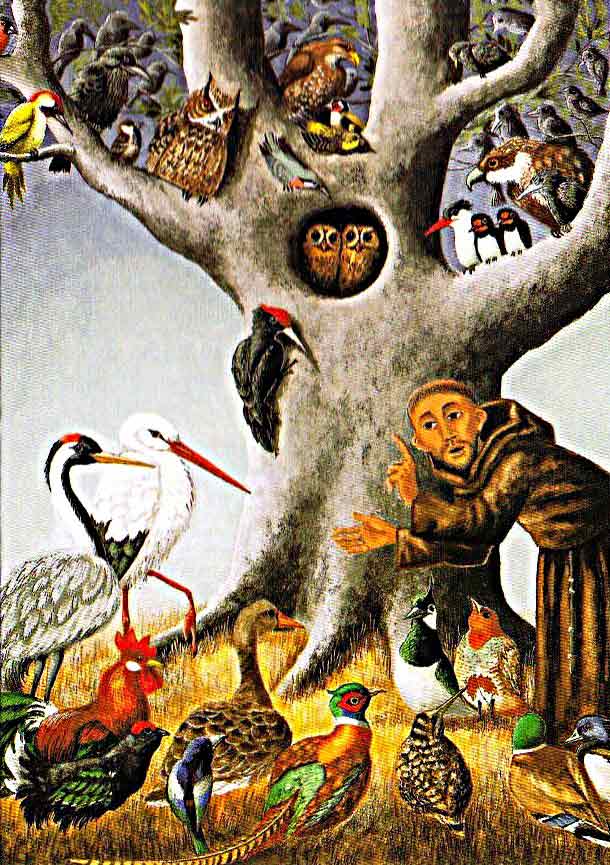
At the beginning there is the exact hearing! If you take a closer look at this depiction of Francesco of Assisi, you will realize that he not only preached to the birds, but also must have listened to them carefully – just notice his big ears!
The sounds that birds make when they are excited and with which they communicate about dangers do not exactly make one think of music. It is the same with us humans: If danger is approaching, even our best singers do not sing, but scream or remain silent (except in opera).
Incidentally, the warning and alarm, the excitement and begging calls of birds, which primarily serve immediate survival, are so simply structured that they can also be understood by other bird species. And must. No bird lives for itself alone!
The warning calls of our songbirds, for example, are often heard – here I have cut different warning, excitation and contact calls one after the other:
The begging calls of young birds are also part of the repertoire of innate behaviors that serve immediate survival:
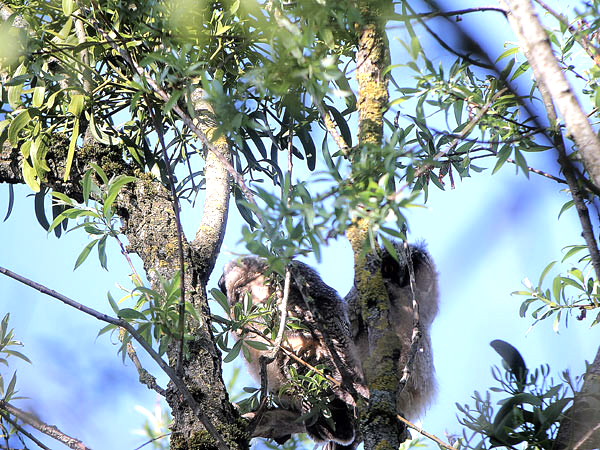
Many other bird calls, whose message is nevertheless not easy to decipher, are rather simply structured: for example contact calls and so-called „Stimmfühlungslaute“ – perhaps to translate with „vocal tactile sounds“. Even the embryo in the egg can produce such sounds and thus send signals to its environment. For nest fledglings, such as the Quail, these calls serve a communal coordination, which causes the synchronous hatching of all chicks!
Contact calls are also important for the cohesion of bird flocks. For migrating Cranes and Greyleg Geese as well as for small bird flocks – Finches and Linnets, for example.
In addition, there are many spontaneous expressions of life that reflect sensations of the moment. Birds, more than other creatures, extend the boundaries of their bodies with their voices into the sound space which they strive to fill completely – and by the way: in the meantime it is known that the great solists among the songbirds mark and defend in particular the boundaries of their sound spaces, and not those of their feeding territories, with their songs. Thus they create peace without weapons – and the sermon of Francesco has fallen on fertile ground!
That sounds shrill or, as to the Bullfinch calls, only moderately melodic – although the calls of living birds never lack a wild brilliance.
But what is Music?
First of all, what about these sounds:
♫ COMMON CRANES in the fields near Brodowin, Brandenburg, calling in duet ♫
Such duets are clearly coordinated sound events. In the case of the Cranes, a certain trumpet sound chord is repeatedly intoned in two voice. The Lapwings, starting at 00:22, also sing almost synchronously: this already fulfills more than one condition for music.
The calls of nine Rusty Geese, set up side by side on a gravel pit embankment one fine May day, are among my favorite choruses. They sound more original than melodious but are – spontaneously – organized and rhythmized together and thus also fulfill important conditions of music.
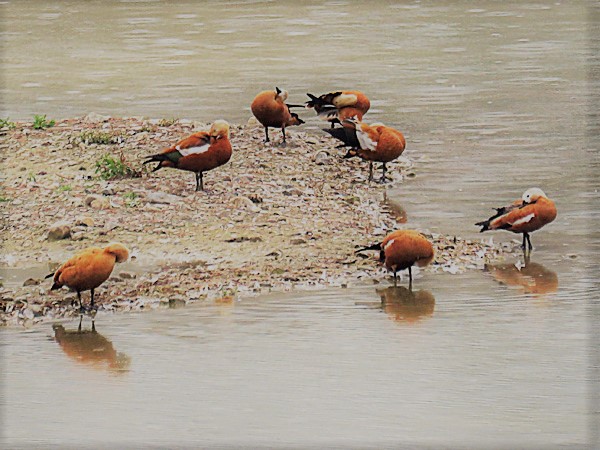
♫ 9 RUSTY GEESE concert on a gravel pit dam in chorus towards evening ♫
All three species do not belong to the songbirds – and yet they sing, not only in the ornithological sense!!!
The Great Reed Warbler, on the other hand, belongs to the sparrow- and songbirds. Its original song is harsh in sound, it must be, to drown out the rustle of large reed forests where it primarily breeds and sings. Its song is divided into strophes, varied in many ways, and clearly rhythmic.
♫ Two GREAT REED WARBLER sing in a small reedy bog meadow near the end of June ♫
and drown out all other bird and amphibian voices
The question whether these sound samples are music, I would answer unambiguously with yes. Of course, it is not jazz, not pop, not E-music. No human cultural, but an evolutionary high performance: just BirdMusic.
According to my perception, music begins when rhythm, melody and composition are added to the mere utterance of sound. Simply said, music is sound organized in the time and tone sequence. And melody is first of all nothing else than a designed sequence of sounds. All this is abundantly offered to us by the birds.
And beyond that, to say it exaggeratedly, as in the human music so in the music of birds the sound itself is the first and actual message. Everything else is additional meaning, purpose, interpretation, sensation, feeling of the listeners.
But there are certain listening habits and musical traditions, through which some sounds from the bird world are more distant or closer to us human beings.
However, a certain strangeness always remains, if only because birds literally play in a higher league – many of their songs are on average around 4000 Hz and higher, even reaching up to 14 000 Hz with overtones, while the human voice is usually far below 4000 Hz. The brilliant tenor voice, the so-called singer formant, is around 3000 Hz and must be acquired in years of practice.
Cuckoo and Baroque
Everyone agrees on the Cuckoo call: it is considered a simple but effective vocal element and is a very popular motif in baroque music as a harmonic chord – usually consisting of a minor third, but sometimes also a major third or a fourth. The well-known folk and children’s song Kuckuck, Kuckuck, ruft’s aus dem Wald (Cuckoo, cuckoo, calling from forest) is so memorable because the so-called Cuckoo’s third is intoned eight times in different pitches in it!
To illustrate this, here is an example of the use of the Cuckoo’s third in baroque music: Dorothee Mields sings The Cuckoo by Thomas Arne (excerpt), followed by a typical Cuckoo song from our Hagenheim forest:
In this baroque piece, the focus is on the recognition value of the bird call, because this was and is a factor not to be underestimated in the favor of the audience. But even here it is not really only about imitating the voice of the bird exactly (as the old bird flutes could do much better) but here human infidelity is thematized by means of the Cuckoo and even accompanied by a clear song text.
Two small historical notes: In the sacred music of the Middle Ages, the Cuckoo third was considered sexually charged and was therefore forbidden. And in baroque England, the flute was considered a purely male instrument, whose playing was frowned upon as being obscene for women.
In nature, by the way, the Cuckoo’s voices often roll over several times, and the female rises into a beautiful trill – both also like to sing in duet:
♫ Male and female Cuckoos sing and trill at the Ammersee, and in addition a Marsh Warbler sings incessantly ♫
Trilling
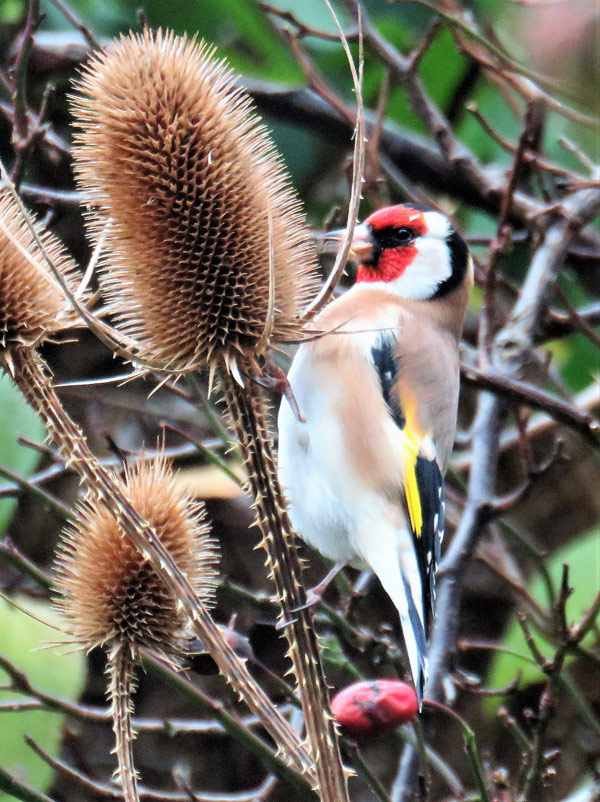
The trilling is a very popular motif in bird music and can be excellently imitated and colored with the flute. So it is no wonder that one of the most famous bird music pieces from the Baroque period is dedicated to the Goldfinch. It was one of the most popular birds in Italy with its splendid colors, and it was also the most frequently depicted bird in paintings. What he had to pay with painful captivity.
Vivaldi, too, paints the impression of a lively colorful bird with vivid high trills in his famous „Il Gardellino“ using flute trills, repeated notes and rapid passages.
The following is a small excerpt from this which I have inserted into an original recording from our village for comparison and contrast. So Vivaldi’s baroque Goldfinch trill, played by the wonderful flutist Stefan Temmingh, versus Goldfinch live from Hagenheim on lead wire at the children’s playground:
SoiIt trills in the music of humans as well as in the music of birds everywhere!
Here again in short the trill duet of a pair of Little Grebes in the flooded meadow area of a small toad pond near Thaining, in which the two have raised their young – a very special water music:
In the world of birds, many duets and concerts are sung in this and similar ways.
Especially in the vastness of the rainforests duets serve the cohesion of the couples: In the following recording a pair of tropical Wrens that I encountered on a finca in Costa Rica are duetting. They regularly visited a coconut tree and feasted, along with other birds and squirrels, on a pecked or burst coconut.
Blackbird and Musician Wren
Among the very great singers and composers of the Central European bird world, which sound particularly pleasant to many people’s ears, are the Blackbirds as well-known solo singers. The only question is: Is it a miracle or rather logical that this once shy forest inhabitant has come so close to humans?
Here is the beginning of a beautiful early morning concert fom my hometown, where many gardens meet behind long rows of houses – which creates a special reverb:
Birds sing best and most imaginatively when, stimulated by the songs of other conspecifics around their sounding territory, they can sing in a relaxed atmosphere, without the excitement of territorial defense.
In the following recording the same Blackbird as above, on a very early morning at the end of June, after having sung itself warmly for more than seven minutes suddenly goes over to a sub-song: this sounds, with its flourishes and kicks, like relaxation and pleasurable playful exercise, sung just for itself. And that’s probably what it was.
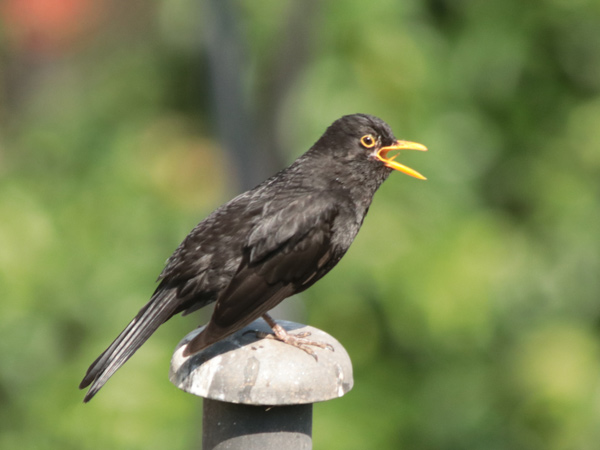
It is interesting that there are not many pieces of music dedicated to the Blackbird, such as Il Gardellino by Vivaldi, apart from Messiaen’s Le Merle noire. After all, the Blackbird motifs and songs, which our Blackbirds invent anew every year, have long been incorporated into classical music. So it is no wonder that people keep hearing classical motifs, especially from Mozart and Beethoven, in Blackbird songs and ask themselves the question: did these birds hear the classics or did the classics hear the birds?
Knowing that birds have been developing their songs for 60 million years, the answer is probably obvious!
I was allowed to listen to a Blackbird developing and perfecting the following beautiful motif around our house for a whole spring – a very special experience:
And here a special masterpiece from Potsdam: a Blackbird sings notes of a scale – a bird-specific „black choked“ scale, as a friend called it:
What comes next is a thrush relative from the Brazilian rainforest, an Orpheus Wren. With its pure flute notes and ingenious leaps of tone, this little bird is one of the great classical solists in the bird world – even if it does snare in a wren-like manner between its arias.
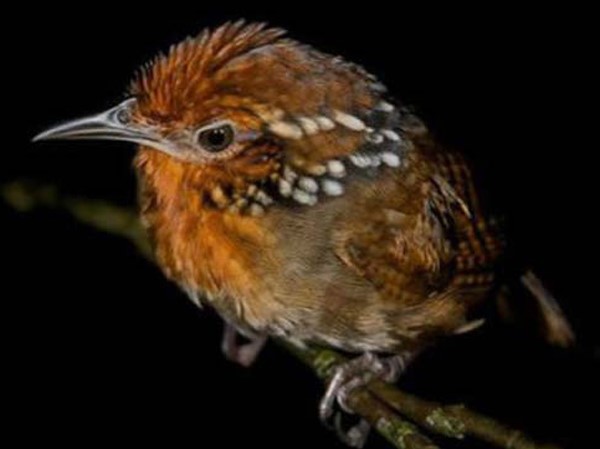
Hearing such singers, one can only say: if it were solely about the function of territorial defense and attracting females, then birds with such abilities would simply be overqualified. And basically it is beyond doubt that certain biological functions of bird songs do not preclude birds from singing with pleasure. To say it with the musician David Rothenberg:
Why do birds sing? For the same reasons as we do – because we can. Because we like to immerse ourselves in the realm of sound … Form is much more enduring than function. No explanation will ever erase the infinite need to sing.
Nightingale
A bird that has often inspired musicians in Europe and continues to inspire into modern times is and remains the Nightingale. It is considered a songbird par excellence and in our culture it embodies not only beauty but also the purity of love. The Nightingale not only has many motifs, but is also one of the few birds that can sing pure tones (that is, tones without overtones). Above all, it is a great performer.
And here is a small part of an original night recording from Wannsee, Berlin.
Natural the Nightingale is a bird of the floodplain forests, but now it is present in Berlin in large numbers!
In the Bavarian alpine foothills it is unfortunately mostly absent.
Längere Aufnahmen aus Berlin in xeno-canto: Wannsee, Volkspark Teil 1, Volkspark Teil 2
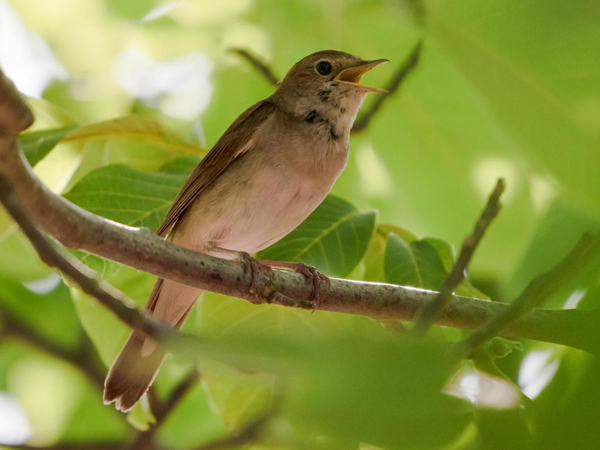
Older Nightingales master up to 200 different types of strophes – fluting and trilling, blare, gurgling, sobbing (dark: tuk tuk tuk tuk) – characteristic is a sequence of stretched pure-toned flute-elemts (dü dü dü dü …), which rises crescendo-like.
Young Nightingales begin to rehearse sounds they heard as chicks in the nest already during their first trip to Africa around November. They then sing many small elements – subsongs – which they assemble and structure piece by piece during the winter. (Research by ornithologist Prof. Silke Kipper, FU Berlin, since 2015 TU Munich).
As an example for the integration of Nightingale songs into modern music, I now bring a short recording from „Nighthingale“ by the Italian David Monacchi, which uses all technical means. He is a professor of electronic music in Foggia, Italy, records himself the bird songs that inspire him and incorporates them into his own music. Often he performs together with Bernie Krause. He calls his music Eco-acoustic compositions.
Monacchi has here first only integrated his Nightingale recording into his music piece, but then slowed it down, whereby it slips into a lower frequency, and swirled the whole with noises and instrumental music, mostly electronically generated.
When bird song recordings are slowed down, a lot of details can be heard that otherwise escape the attention of the human ear – and thus usually remain hidden from us. Birds can not only sing faster than humans, emitting more distinguishable tones and sounds per unit of time, they correspondingly can also hear in a more differentiated manner. In other words, birds are, not only with their wings and beaks, but also with their ears much more quick than we are.
Here again an excerpt of the Wannsee recording with triple reduced tempo: the frequencies automatically slip into lower pitches – and there we have the Monacchi effect!
Of course, modern ornithology also takes advantage of this to explore the details of birdsong. Birdsongs are no longer represented only by notes or word transcriptions, but mainly by sonagrams, making details not only audible, but also visible.
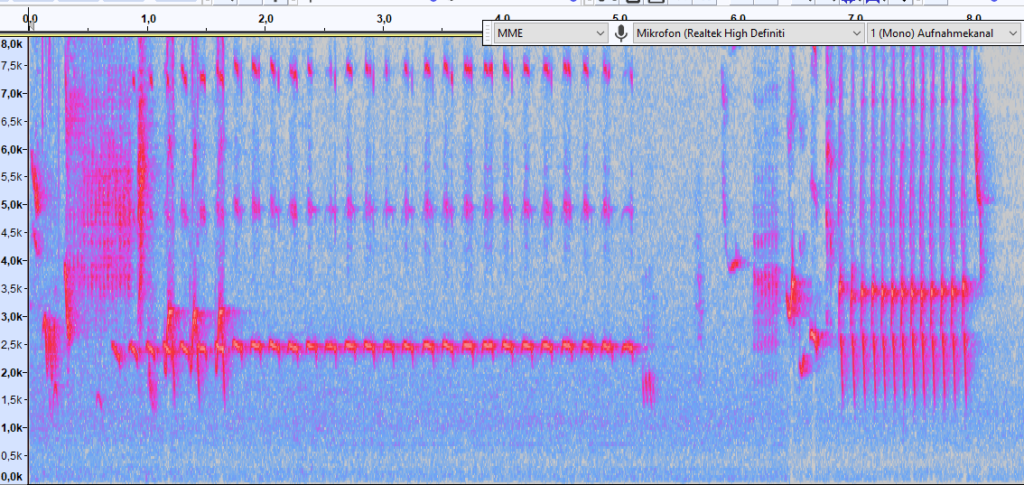
Sonograms (spectrograms) are diagrams from which one can read the pitch (left bar, kHz), the temporal sequence (upper bar, sec) and the relative loudness (degree of blackening or, as above, reddening) of a sound event
Rautavaara and the Music of Nordic Birds
A musician largely unknown in our country, but one of the most famous in his native Finland, is Einojuhani Rautavaara (1928-2016), whose work included twelve-tone music. He was a great experimental musician and an equally great bird lover and connoisseur, and also made sound recordings on his own in the far north. His famous concerto for orchestra and tape recordings is called „Cantus arcticus“. An integral part of the composition is a tape of Rautavaara’s sound recordings of Arctic birds, which must be played whenever an orchestra plays this piece.
Here is an excerpt:

Rautavaara has not only underlaid his composition with tape recordings of birdcalls, but his entire composition revolves around the sound character of the Nordic birdcalls and is completely attuned to it and to the surrounding landscape – you can just hear, this could not have been at Lake Garda. An assimilation at its best!
By the way, he has down-octavated the singing swan voices (at the end of the excerpt) twice and thus alienated them.
For comparison, original recordings of Whooper Swans wintering with us at the Lech:
♫ WHOOPER SWANS, trombone sounds with duet singing on January 1, 2017, 01.01.2017 Lechstau 92 at 12:50 pm ♫
The Starling – a Musician of the Modern Age – Birds as Modern Musicians
I remind you once again that music consists of organized sounds and that since the modern age (including jazz) these are not only harmonic sounds and chords, as they have determined the development of Western European music, but that harmonic sounds are mixed many times with sounds and noises that are unusual or disharmonic for our ears.
In this, the Starling, who also inspired Mozart to unusual sounds, is a star among modern musicians as among virtuoso singing birds – he mixes sounds and noises so masterfully and sings in such a complex way that the structures of his singing have not yet been deciphered even by research (despite all the technical means available). His mostly four-part singing consists of changing imitations, variations, noises, whistles and sounds and apparently follows its own star grammar. And of course he can sing in two voices, two voices at the same time from one and the same „throat“, the syrinx. I have dedicated an extra page to him in the booklet to my second CD.
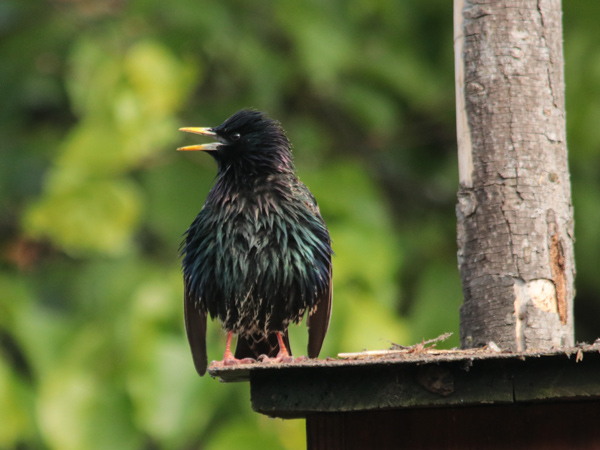
In 2018, the Starling has become Bird of the Year. Because, unfortunately, its numbers are also in decline, although there are still between 0.5 and 1.2 million breeding pairs in Bavaria. Our small village Hagenheim is currently still a real Starling village, where the starling boxes are occupied every year with more than 50 breeding pairs.
So birds here and there are classical, but first of all very modern musicians, and have been for thousands of years. Which is quite an understatement! The beginning of the development of bird songs is dated back by science to about 60 million years – for sure they have been singing a long time before the appearance of humans on this globe!
And they have mastered all the musical „tricks“!
First of all, sounds and instrumental sounds, which they mix with their vocal sounds:
Zunächst einmal Geräusche und Instrumentallaute, die sie mit ihren Stimmlautenen mischen:
In addition, there is the high art of quarter and third notes, glissandi, coloratura, collective and individual improvisations, mixtures of timbres and reverberation effects, intonation and transposition, and, thanks to her special double vocal organ, the syrinx, two-part harmony.
And imitation and assimilation of birds‘ voices foreign to the species. In this context, one of my favorite birds from our landscape, the virtuoso Marsh Warbler:
♫ A MARSH WARBLER sings a mix with a lot of identifiable imitations in mid-June ♫
And here sings an exotic soprano singer from the Malaysian rainforest, who surprised us one early morning shortly after setting off on a long excursion with a masterly coloratura (total recording at x.-c.):
Olivier Messiaen and the Freedom of the Bird Song
Olivier Messiaen (1908 – 1992), the great French musician, did not yet have sophisticated technical possibilities for recording bird calls. He had an absolute ear with a quite extraordinary resolving power and could distinguish about 700 bird calls and songs according to their species. When he roamed the French countryside (Camargue, Brittany, Alps, Pyrenees, Champagne, Auvergne, Charente), he transcribed the bird songs very accurately with the help of a special musical notation enhanced by signs. It was not until his later years that sound recording equipment became available to him.
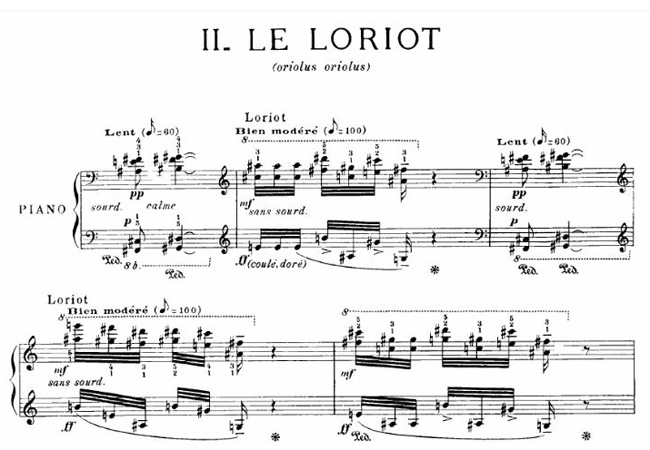
He was a pioneer of the contemporary avant-garde (twelve-tone music, serial music) – and by his own statement, nothing seemed more avant-garde to him than the song of birds and nothing more admirable than the sovereign freedom of the bird song. If one listens to his famous piano composition Catalogue d’Oiseau, in which he portrayed birds of the French landscapes, it is difficult at first, even for ornithologists, to recognize species-typical bird calls or songs. For there is nothing simply and obviously copied, imitated or assimilated. Messiaen was concerned to represent the bird calls in his music more precisely than science is able to do, because he understood them as the true, lost face of music, which must be saved for later times. Along with the particular voice of a bird, he also transcribed its surroundings – the sounds of the other birds, the whole space of sound and light in which he experienced it, the whole habitat with its manifold interweavings of voices and colors.
In the following, I have cut the individual bird depictions of Messiaen from his oriole portrait Le Loriot in the Catalogue d‘ Oiseaux one after the other:
Of course, it is much easier to play the hammering of the Chiffchaff on the piano than the flute notes of an Oriole and to adapt them to the possibilities of this instrument. So Messiaen had to octave down and slow down the bright and fast voices of the birds for his piano composition.
Now it may be easier to follow the small excerpt of Le Loriot from the Catalogue, which I have combined with an original Oriole recording from Ammersee South. It’s amazing how well this fits together!
At the beginning, briefly, in the upbeat, the heavy earthiness of the trees is to be heard, and immediately in contrast to it the gold-yellow of the Oriole, which shines between the leaves and tints the sound of its voice and that of the birds singing all around …
Messiaen, listening to the birds, apparently developed much of his own music from them: Melodies, rhythms, harmonies, timbres and structural forms, tempi and dynamics … thus expanding the compositional rules of music! When composers are inspired by bird songs, they have two main possibilities: either they adapt the bird songs, especially their melodies, into the musical language of their time – see Baroque – or they expand the rules and possibilities of their music by listening carefully to the sounds of nature.
.
David Rothenberg, Berlin Nightingales and Lyrebirds
What you should never lose from your eyes or ears: Birds do not address their songs to us, but to other birds, to the bird community in which they live, so different for us. This is what makes bird music so fascinating and enticingly exotic for us at the same time.
Which brings me to a particularly fascinating musician, David Rothenberg from the USA, jazz musician, composer, philosophy professor, bird lover …, who crosses this boundary by making music together with wild birds. Both with Nightingales in Berlin („now this nightingale is spoiled for science,“ said a scientist who was present at such a crossover concert) and with wild Lyrebirds in Australia. Where also the 80-year-old Messiaen, guided by the same Australian ornithologist as Rothenberg, Syd Curtis, had heard a Lyrebird in 1988 and transcribed it with the help of his musical notation.
Lyrebirds need 5 years until they are sexually mature and have perfected their songs – clear compositions with many imitations of the surrounding birds. For this purpose, they perform regular dance rituals on their natural stages. They were assigned to songbirds by scientists only after long discussions.
David Rothenberg writes: „You still make music with birds in all seriousness? people ask me. And I answer them that this is the most serious, most deeply rooted … music that I can imagine, and that I make music with birds primarily in order to get closer to the most significant, timeless sounds of life. … No response can erase the gift of song, the simple gift of human to animal and vice versa.“
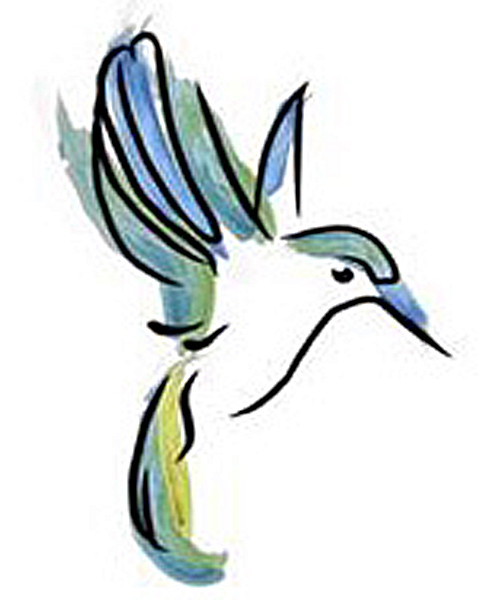
Bücher, Musikquellen (kleine Auswahl)
lesen
H.-H. Bergmann, H.-W. Helb, Sabine Baumann: Die Stimmen der Vögel Europas. Mit CD. AULA-Verlag 2008
Csaba Bornemisca: Musik der Vögel. Braumüller Wien 1999
Silke Kipper: Die Nachtigall. Ein legendärer Vogel und sein Gesang. Insel Verlag 2022
Ambrose G.H. Pratt: Menura. Prächtiger Vogel Leierschwanz. Mit CD. Friedenauer Presse Berlin (dtsch. Übers.) 2011
Walter Streffer: Klangsphären. Motive der Autonomie im Gesang der Vögel. Verlag Freies Geistesleben 2009
Heinz Thiessen: Musik der Natur. Über den Gesang der Vögel. Angora Verlag 1978
David Rothenberg: Why Birds Sing – a Journey into the Mystery of Bird Song. BASIC Books 2005
David Geoge Haskell: Sounds Wild and Broken. Sonic Marvels, Evolution’s Creativity, and the Crisis of Sensory Extinction. VIKING 2022
hören
Olivier Messiaen: Catalogue d’Oiseaux. Robert Muraro (CD Accord 1999) – und zahllose andere Einspielungen
Dorothee Mields, Stefan Temmingh: Birds. Vögel in der Barockmusik (CD dhm – deutsche harmonia mundi 2015)
David Monacchi: eco-compositions (EMF CD 074 2008)
Einojuhavi Rautavaara: Cantus Arcticus – Angel of Dusk – String Quartet No.2 (CD apex Finlandia Records 2564 69890-8)
David Rothenberg: why birds sing (CD Terra Nova Music USA)
David Rothenberg, Korhan Erel: BERLIN BÜLBÜL (CD Terra Nova Music USA TN511 u. Gruenrekorder Hanau Gruen 158/LC 0948)
links
David Rothenberg und Michael Pestel live in ihren Studios, wo sie gemeinsam „Vogelmusik“ machen
Johannes Quistorp: Klangkosmos Vogelgesang. https://www.entfaltungderstimme.de/Klangkosmos.html
